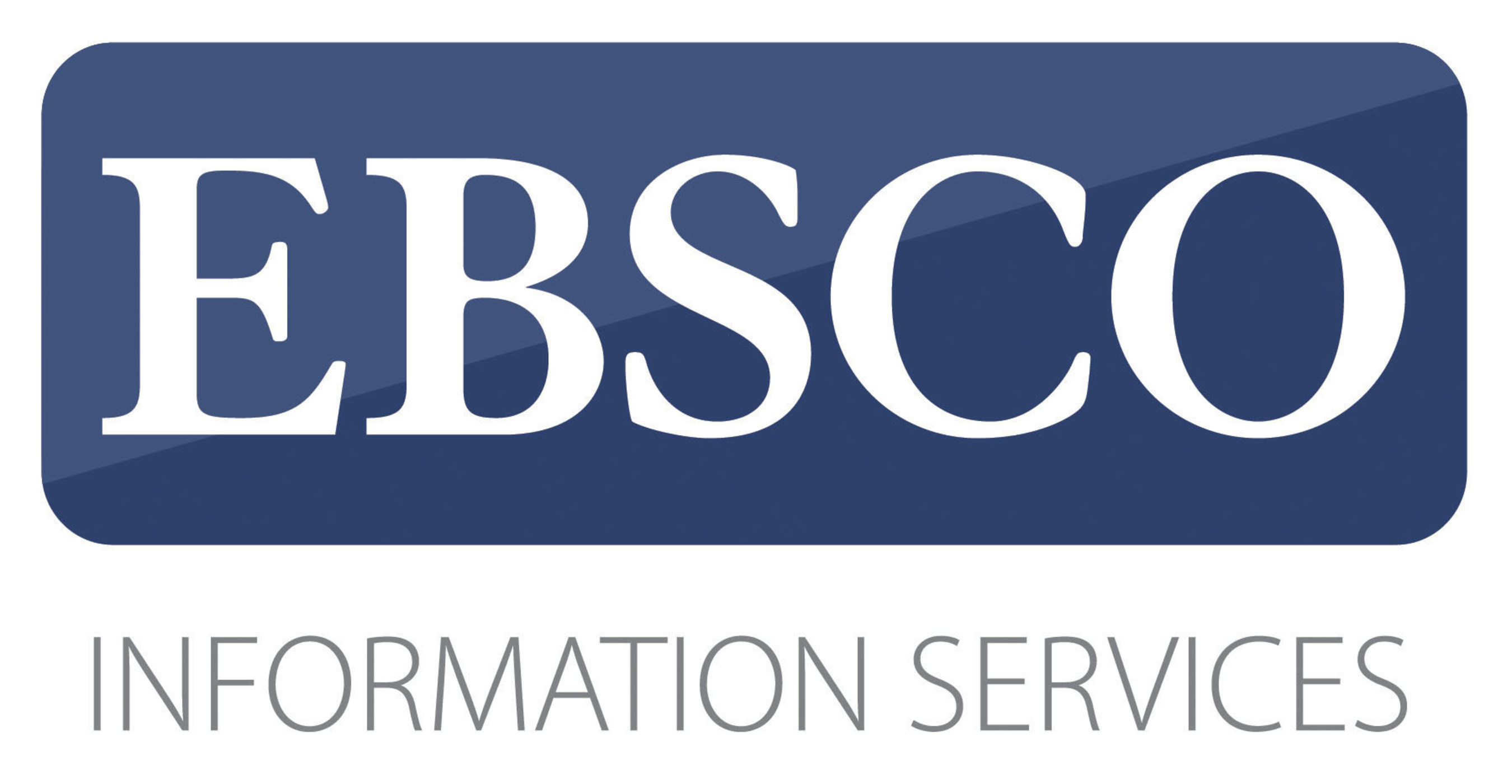Abstract
This paper explains the main factors underlying China's policy of refusing North Korea's nuclear proliferation, whereas the two countries have established defense alliance relations since the breakup of the Korean War. Geopolitically, North Korea is a strategic country for China in the East Asian region, and both countries view the presence of the US military in the region as a threat. Subsequently, North Korea began to develop its nuclear capability to challenge the continuous US military presence in South Korea. Although China and North Korea see the US influence as a security threat, China maintains its position of refusing North Korea nuclear proliferation. Previous studies regarding the relations between the two countries have explained the factors that underlie China's refusal of North Korea's nuclear proliferation. However, there have been no studies that precisely portray how nuclear weapons can influence China's policy-making towards its allies. By using extended deterrence perspective, this paper explains the variables that influence China's rejection of North Korea's nuclear proliferation. The main argument in this study is that China refuses North Korea's nuclear proliferation as a result of the disadvantage if North Korea continues its nuclear proliferation and the impact towards the regional stability that is unfavorable to China.
References
Alghifari, F. (2016). “Analisis Teori Offense-Defense Terhadap Reformasi Kebijakan Pertahanan Jepang dalam Dinamika Keamanan di Asia Timur.” Global: Jurnal Politik Internasional 18, No. 1: 18-33.
Anna, B. L. (2016). Why China is Building a New Silk Road?. https://www.weforum.org/agenda/2016/06/why-china-is-building-a-new-silk-road/ (accessed 5 April 2019).
Arif, M. (2016). “How Threat Assessment Could Become Self-Fulfilling Prophecy: Case of U.S.-China Relations.” Global: Jurnal Politik Internasional 18, No. 2: 120-130.
BBC News. (2010). How South Korean Ship was Sunk. https://www.bbc.com/news/10130909 (accessed 24 April 2020).
BBC NEWS. (2010). North Korean Artillery Hits South Korean Island. https://www.bbc.com/news/world-asia-pacific-11818005 (accessed 24 April 2020).
Boc, A. & G. Wacker. (2018). China: Between Key Role and Marginalization. In Hilpert, Hanns Günther & Oliver Meier (Eds.) Facets of the North Korea Conflict: Actors, Problems and Europe’s Interests. Berlin: German Institute for International and Security Affairs.
Cheng, D. (2018). “Chinese Calculations of Security and the Korean Peninsula.” The Journal of East Asian Affairs 32, No. 1: 23-44.
Choi, J. W. (2013). “A Game Changer: North Korea's Third Nuclear Test and Northeast Asian Security.” The Journal of East Asian Affairs 27, No. 1: 99-125.
Chung, J. H. & M. H. Choi. (2013). “Uncertain Allies or Uncomfortable Neighbors? Making Sense of China-North Korea Relations, 1949 2010.” The Pacific Review 26, No. 3: 243-264.
Freedman, L. & S. Raghavan. (2008). Coercion. in Security Studies: An Introduction. ed. Paul Williams, 216-228. Oxon: Routledge.
Goo, Y. W. & S. H. Lee. (2014). “Military Alliances and Reality of Regional Integration: Japan, South Korea, The US vs. China, North Korea.” Journal of Economic Integration 29, No. 2: 329-342.
Goo, Y. W. & S. N. Kim. (2012). “Time-Varying Characteristics of South Korea-United States and Japan-United States Military Alliances under Chinese Threats.” Defense and Peace Economics, No. 23: 95-106.
Gray, R. (1999). Nuclear Weapons Proliferation, in Contemporary Strategy and Security. Craig A. Snyder, ed., 171-193. London: MacMillan Press Ltd.
Hastings, J. (2018). Sanctions Busting, North Korean-Style. The Maritime Executive. https://www.maritime-executive.com/editorials/sanctions-busting-north-korean-style (accessed 23 April 2020).
Heginbotham, E. et.al. (2015). Chinese Threats to US Surface Ships: An Assessment of Relative Capabilities, 1996-2017. RAND Research Brief, 1-3. https://www.rand.org/pubs/research_briefs/RB9858z4.html (accessed 8 May 2020).
Heginbotham, E. et.al. (2015). The US-China Military Scorecard: Forces, Geography, and the Evolving Balance of Power, 1996-2017. RAND Research Reports, 45-5. https://www.rand.org/paf/projects/us-china-scorecard.html (accessed 6 May 2020).
Heginbotham, E. et.al. (2015). U.S. and Chinese Air Superiority Capabilities: An Assessment of Relative Advantage, 1996-2017. RAND Research Brief, 1-4. https://www.rand.org/pubs/research_briefs/RB9858z3.html (accessed 6 May 2020).
International Crisis Group. (2015). North Korea: Beyond the Six-Party Talks. https://www.crisisgroup.org/asia/north-east-asia/korean-peninsula/north-korea-beyond-six-party-talks (accessed 16 January 2020).
Ji, Y. (2001). “China and North Korea: A Fragile Relationship of Strategic Convenience.” Journal of Contemporary China 10, No. 28: 387-398.
Jiyong, Z. (2015). The North Korea Problem and China: Interests, Debates and Roadmaps. in The North Korean Crisis and Regional Responses, Vyas, Utpal et.al., ed., 100-113. Honolulu: East-West Center.
Kementerian Perdagangan Republik Indonesia. (2016). Laporan Akhir Maritime Silk Road. Jakarta: Kementerian Perdagangan Republik Indonesia.
Kim, H. N. (2013). “China’s Policy Toward North Korea Under the Xi Jinping Leadership.” North Korean Review 9, No. 2: 83-89.
Kuhn, R. L. (2013). Xi Jinping’s Chinese Dream. The New York Times. https://www.nytimes.com/2013/06/05/opinion/global/xi-jinpings-chinese-dream.html (accessed 5 March 2020).
Lee, J. S. (2014). “China-North Korea Relations in the Post-Cold War Era and New Changes in 2009.” The Chinese Historical Review 21, No. 2: 143-161.
Lowy Institute. (2019). Asia Power Index 2019: Key Findings. Sydney: Lowy Institute.
Lowy Institute. (2019). Asia Power Index: Compare Countries. https://power.lowyinstitute.org/countries.php?compare=CN,US (accessed 25 April 2020).
Ministry of Foreign Affairs of Japan. (2005). Joint Statement of the Fourth Round of the Six-Party Talks. https://www.mofa.go.jp/region/asiapaci/n_korea/6party/joint0509.html (accessed 25 April 2020).
Moore, G. J. (2008). “How North Korea Threatens China’s Interest: Understanding Chinese Duplicity on the North Korea Nuclear Issue.” International Relations of the Asia Pacific 8, Issue 1: 1-29.
Noesselt, N. (2014). “China’s Contradictory Role(s) in World Politics: Decrypting China’s North Korea Strategy.” Third World Quarterly 35, No. 7: 1307-1325.
Office of Management and Budget. (2018). America First: a Budget Blue Print to Make America Great Again. Washington D.C: Executive Office of the President of the United States.
Osnos, E. (2017). Why China Wont Pressure North Korea As Much As Trump Wants. The New Yorker. https://www.newyorker.com/news/news-desk/why-china-isnt-ready-to-put-pressure-on-north-korea (accessed 23 April 2020).
Park, H. B. (2010). “China’s Position on Korea’s Unification and US Forces Korea.” The Journal of East Asian Affairs 24, No. 1: 117-154.
Perlez, J. (2017). North Korea Nuclear Test Puts Pressure on China and Undercuts Xi. https://www.nytimes.com/2017/09/03/world/asia/north-korea-nuclear-test-china-xi-jinping.html (accessed 19 April 2020)
Prajuli, W. A. (2013). “China-Threat Perceptions in Southeast Asia: Problem of Bilateral Interactions.” Global: Jurnal Politik Internasional 15, No. 1: 10-23.
RAND Corporation. (nd). An Interactive Look at the U.S.-China Military Scorecard. https://www.rand.org/pubs/research_reports/RR392.html (accessed 20 May 2019)
Reilly, J. (2014). “The Curious Case of China’s Aid to North Korea.” Asian Survey 54, No. 6: 1158-1183.
Ru, S. 2016. “Beijing and Pyongyang: A “Special Friendship” Facing the final Curtain.” Analysis, No. 297: 1- 15.
Russett, B. (1988). “Deterrence Failure and Crisis Escalation,” International Studies Quarterly 32, No. 29: 29-45.
Savage, T. L. (2003). “China’s Policy Toward North Korea.” International Journal on World Peace 20, No. 3: 29-35.
Sidhu, W. P. S. (2008). Nuclear Proliferation. in Security Studies: an Introduction, Paul D. Williams, ed., 361-375. New York: Routledge.
Song, J. Y. (2011). “Understanding China’s Response to North Korea’s Provocations: The Dual Threats Model.” Asian Survey 51, No. 6: 1134-1155.
Sugiono. (2011). Metode Penelitian Pendidikan: Pendekatan Kuantitatif, Kualitatif, dan R&D. Alfabeta: Bandung.
Supriyanto, R. A. (2015). “The Dagger and The Shield: The Ballistic Missile Defence and Sino-US Strategic Relationship.” Global: Jurnal Politik Internasional 17, No. 1: 33-47.
The Guardian. (2017). Xi Jinping Says a Dark Shadow Looms Over the World after Years of Peace. https://www.theguardian.com/world/2017/sep/03/xi-jinping-dark-shadow-north-korea-nuclear-test-chinese-brics (accessed 25 April 2020)
The State Council The People’s Republic of China. (nd). The Belt and Road Initiatives. http://english.gov.cn/beltAndRoad/ (accessed20 May 2019)
The State Council The People’s Republic of China. (2015). Full Text: Action Plan on the Belt and Road Initiative. http://english.gov.cn/archive/publications/2015/03/30/content_281475080249035.htm (accessed 8 April 2018)
Townshend, A. (2017). “US Asia Policy Under President Trump,” The United States Study Center at the University of Sydney, March: 1-22.
Veronica, N. W. (2014). “Rivalitas Cina dan Jepang dalam Institusi Regional Asia Timur.” Global: Jurnal Politik Internasional 16, No. 1: 19-33.
Wang, Y. (2005). “China and the North Korean Nuclear Issue.” International Studies 42, No. 3-4: 265-275.
Whyte, L. (2015). The Evolution of the US - South Korea Alliance. The Diplomat. http://thediplomat.com/2015/06/the-evolution-of-the-u-s-south-korea-alliance (accessed 20 January 2020).
Zhang, H. (2009). “Ending North Korea’s Nuclear Ambitions: The Need for Stronger Chinese Action.” Arms Control Today 39, No. 6: 21-27.
Zhang, W. (2018). “Neither Friends nor Big Brother: China’s Role in North Korean Foreign Policy Strategy.” Palgrave Communication 4, No. 16: 2-6
Recommended Citation
Sulaiman, Vera Zerlinda Alamsyah
(2020)
"China’s Policy in Refusing North Korea Nuclear Proliferation,"
Global: Jurnal Politik Internasional: Vol. 22:
No.
1, Pp. 100-124.
DOI: 10.7454/global.v22i1.481
Available at:
https://scholarhub.ui.ac.id/global/vol22/iss1/5
Included in
Defense and Security Studies Commons, International and Area Studies Commons, International Relations Commons, Law Commons, Political Theory Commons

















